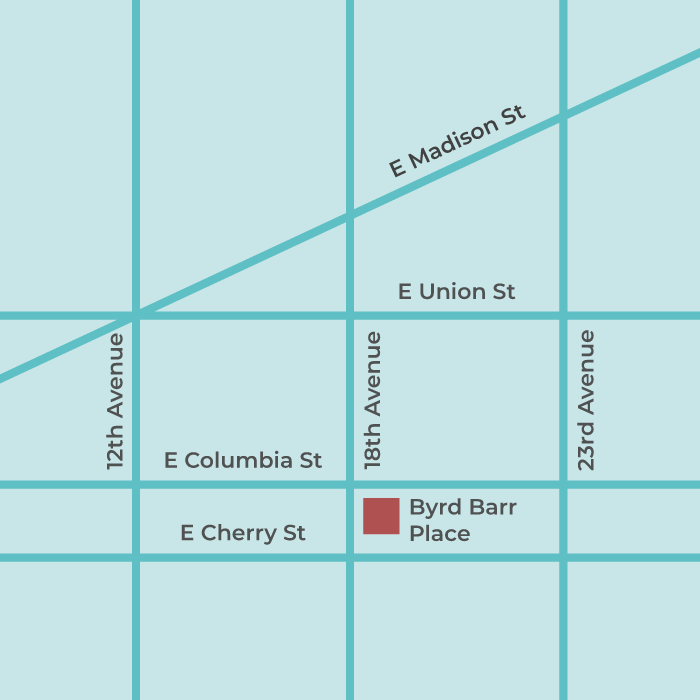By Obioha Okereke, College Money Habits
There are many different budgeting strategies for you to choose from, but which is best? One popular strategy is the 50/30/20 budget, which specifies that 50% of your disposable income (after-tax income) goes to your needs, 30% goes to your wants, and the remaining 20% goes toward saving, investing, and/or paying off debt.
Popularized by Senator Elizabeth Warren in her book, All Your Worth: The Ultimate Lifetime Money Plan, this budgeting strategy helps you divide your spending into different categories to help you manage your spending.
To use this budgeting method, start by calculating your monthly after-tax income and then dividing it across three categories: wants, needs and savings.
50%: Needs
Your needs include spending on mortgage or rent, groceries, utilities, and any other bills that you pay in order to survive. Other expenses are transportation, such as a car payment, gas, or transit pass; health care, such as prescriptions, doctor visits; and debt repayment for credit cards or loans. Your needs do not include spending on dining out, travel, and subscription services like Netflix.
Using this method, you aim to spend no more than 50% of your after-tax income on all your needs. However, if you find that you are spending more on your necessary expenses, you might consider using a different method like the 70/20/10 strategy or cutting down on your expenses by downsizing your lifestyle.
What does downsizing your lifestyle look like?
This could be making changes such as purchasing a cheaper car, living in more modest living accommodations, using public transportation, or cooking more meals at home to avoid dining out frequently. It can be difficult to downsize your lifestyle, so the best place to start is by identifying any expenses that you can cut back on.
If you rent, CNBC recommends that you spend no more than 30% of your income on living expenses. Living expenses include “rent and utility costs, like heat, water and electricity.” If you own a home, account for expenses like homeowners insurance, property taxes, and utilities.
If you are looking to buy a home, CNBC also recommends the 28/36 rule, meaning “your housing expenses shouldn’t exceed 28% of your gross monthly income while your total debt, including credit cards and student loans, shouldn’t exceed 36% of your monthly income.”
30%: Wants
Wants include all your non-essential spending. This includes dining out, vacations, entertainment, clothing for fashion and leisure, and also a new iPhone. Sometimes the distinction between wants and needs can be confusing. For instance, you might need a car, but want a BMW. In this case, your need is a vehicle, and your want is a luxury vehicle. Is this a bad thing? Absolutely not. But the key is to understand the difference.
Asking yourself, “Is this a ‘want’ or is this a ‘need’?” can help save time and money in the long term.
By allocating 30% of spending to all the things you enjoy, it helps to give you parameters to work within and control your spending. If you find that you are spending more than 30% of your income on wants, you will likely need to adjust your spending, like dining out one less time per month or attending one less sporting event.
At the end of every month, be sure to check your spending and see how you are doing against your budget and remember to check your progress toward your goals!
20%: Savings
Lastly, 20% of your disposable income should go towards saving, investing, paying off debt, and/or donating.
It is crucial that saving is a focal point of any budget you create. One strategy that can help increase your savings is to automate them. This means setting up your bank account so that it automatically transfers and deposits a fixed amount of money to your savings account, whether it be every paycheck or once a month. By automating your savings, it becomes a monthly expense that allows you to routinely set aside money and save toward your goals. Automating your savings will also help reduce the temptation to spend money on impulse purchases because it forces you to plan all your spending around saving instead of the other way around.
For more tips on saving, check out “Four Ways to Boost Your Savings.”
Building your Budget
According to The Penny Hoarder, roughly 55% of Americans do not use a budget to manage their income. Of survey respondents, 56% said they didn’t know how much money they spent last month.
Keep in mind that the 50/30/20 budget is only one of many budgeting methods! This can be a useful strategy to help separate your spending into the “wants, needs, and savings” categories. Ultimately, it’s best to find a method that works for you.
If you have any questions regarding these personal finance resources and/or general questions about managing your personal finances, contact Obi Okereke from College Money Habits at learn@collegemoneyhabits.com.
Related Articles:
Understanding Discretionary Income
Budgeting starts with knowing your discretionary income. Learn what goes into calculating it and apps to help you track spending against your budget.
How to Create a Personal Budget
Take charge of your financial health by following these six steps to create your own budget based on your discretionary income and spending.
5 Budgeting Mistakes to Avoid
Knowing these five common budget mistakes can help you build your savings and create better money habits.
Blog | 3 Money Lessons that helped me save $100,000
College Money Habits Founder Obioha Okereke describes three important money habits that gave him the confidence and skills to save $100,000.

